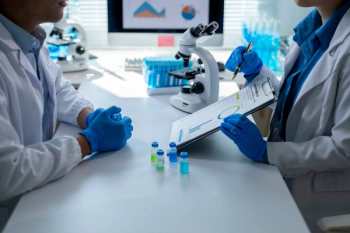
Non-GMO Tip 2: First Steps to Non-GMO Verification
Companies must have a realistic understanding of the timeframes and effort involved.
Before officially beginning down a path to non-GMO verification, manufacturers should consult with a technical administrator or verifying body to “identify risks and uncover potential obstacles” that lie ahead, offers Heroux. This pre-planning and initial consultation can help to improve efficiencies and reduce costs once the manufacturer is enrolled in a program.
Data collection is another important pre-enrollment step. Manufacturers are advised to use a standardized data-collection tool, such as the forms used by the technical administrator. Relevant data to capture will include disclosures of additives, carriers, enzymes, microorganisms, fermentation media, raw material sources, and non-GMO manufacturing systems, Heroux explains.
Next, enrollment of products should be ordered beginning with best-sellers or product formulas that include various high-GMO-risk ingredients. (Aspartame, citric acid, high-fructose corn syrup, sucrose, xanthan gum, and lactic acid are examples of ingredients commonly derived from GMO-risk crops or “produced with genetically modified inputs,” Heroux warns.) This approach also helps familiarize staff with what will be required of ingredient suppliers, eases the severity of the learning curve, and lessens the workload of the quality department, she adds.
Photo © iStockphoto.com/
Newsletter
From ingredient science to consumer trends, get the intel you need to stay competitive in the nutrition space—subscribe now to Nutritional Outlook.





